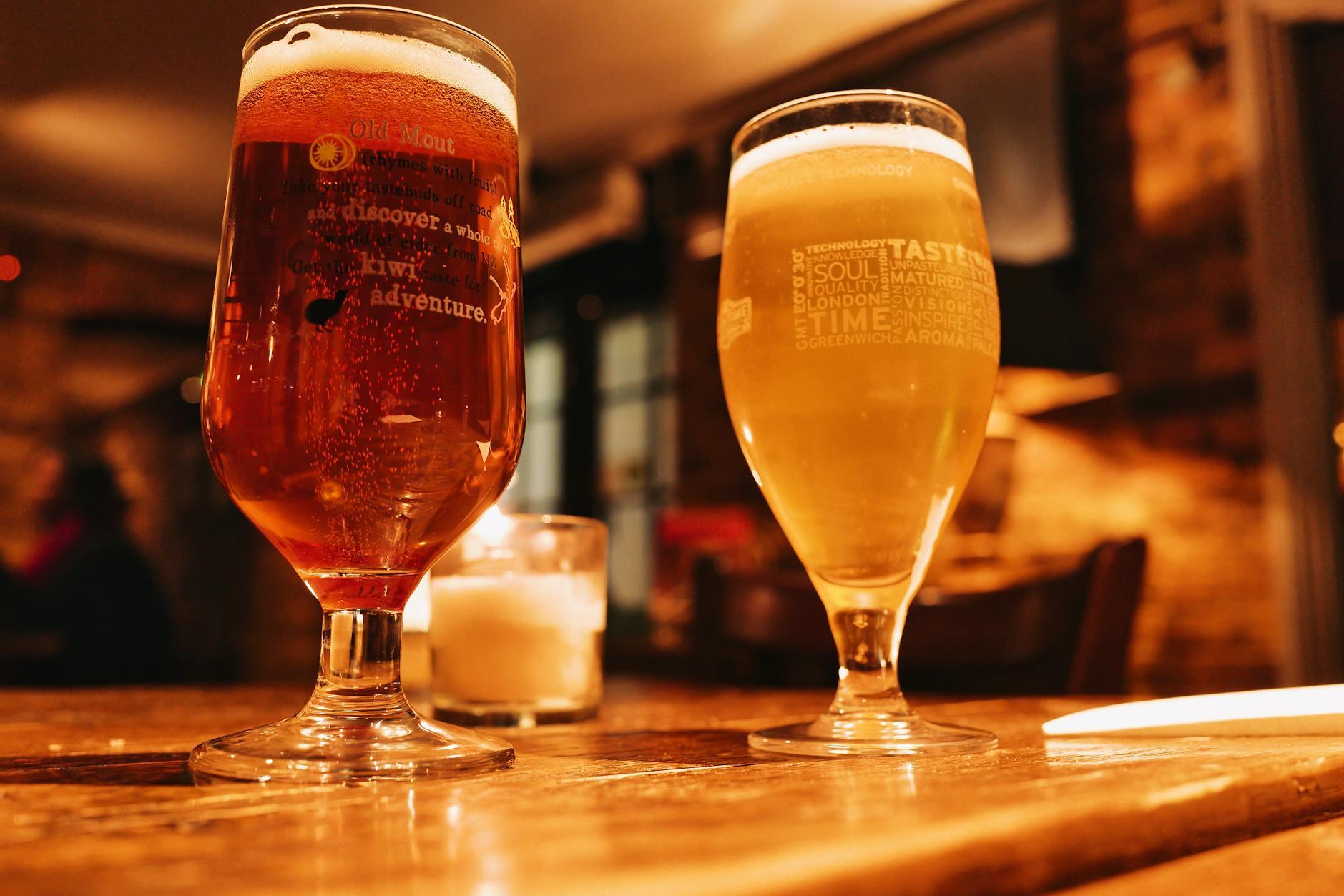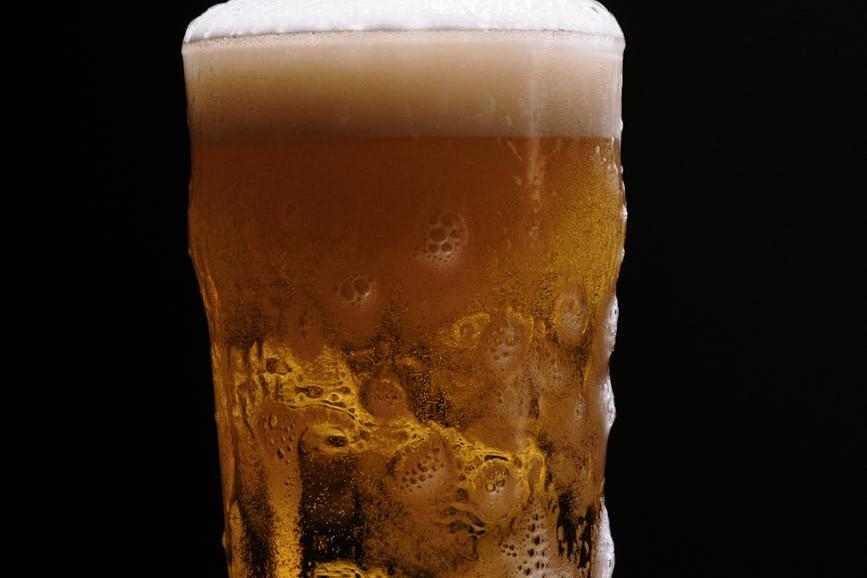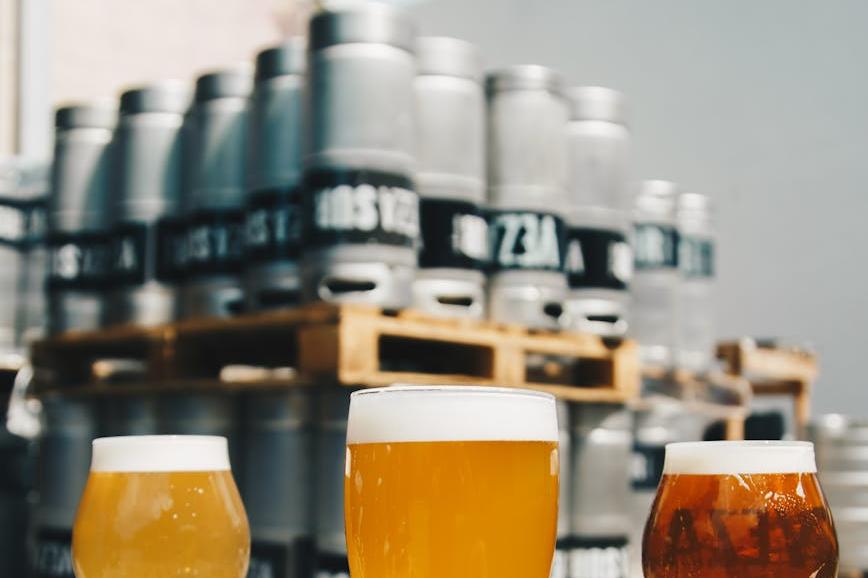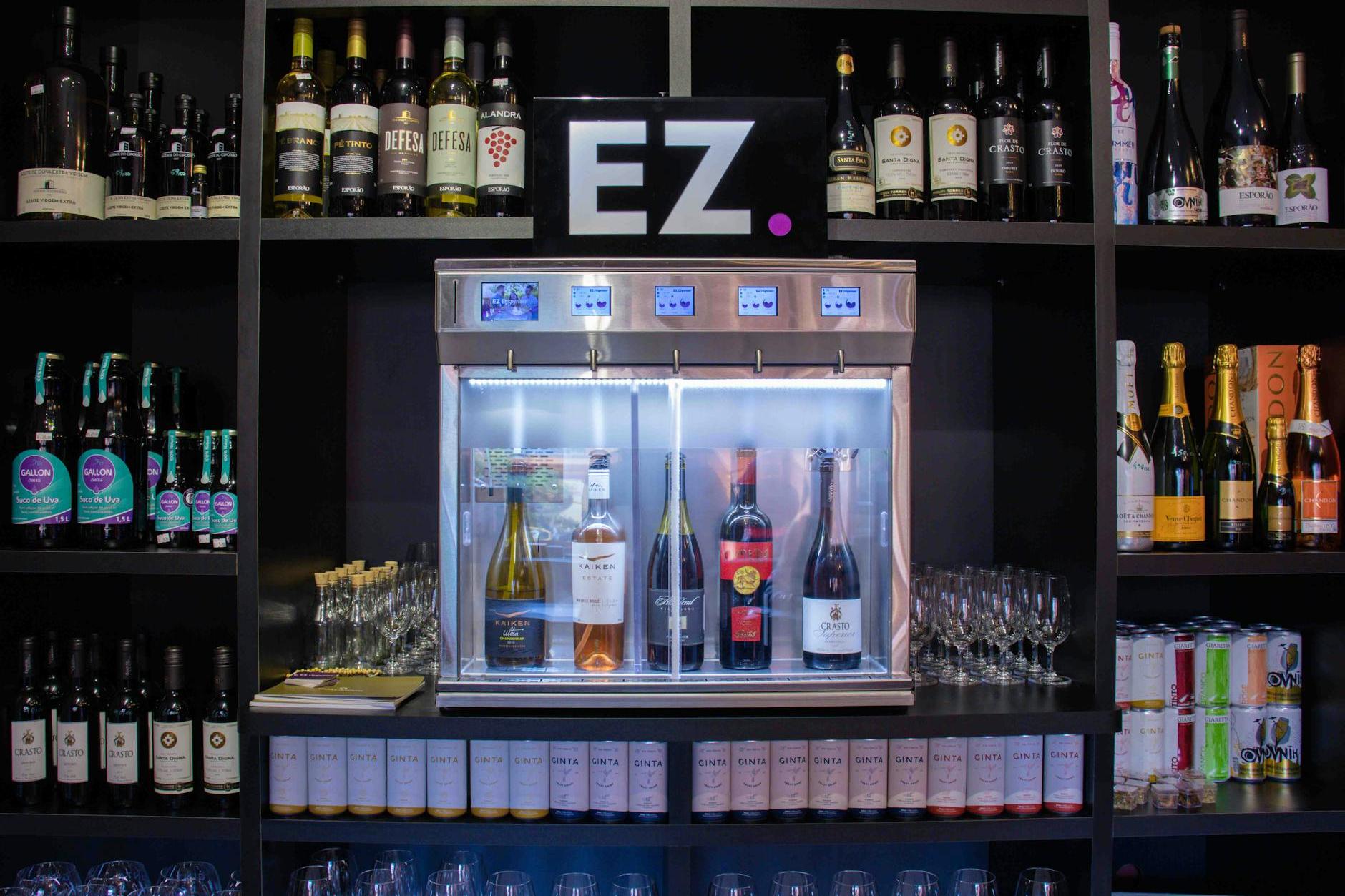- Shanghai Zhongshen International Trade Co., Ltd. - Two decades of trade agency expertise.
- Service Hotline: 139 1787 2118

Contents
ToggleThe Golden Screening Rules for Imported Beer Agencies
With 20 years of experience in handling over 300 beer import cases, I've found that 80% of clients plant hidden risks during the product selection stage. Don't be fooled by attractive packaging—these three core metrics are the key:
- Customs code matching degree: The tax rate difference between beer with a malt concentration ≥10.2°P (HS22030000) and low-concentration beer (HS22029000) is 6%.
- Original Factory Certification Integrity:
- EU beer must provide BRC Food certification.
- American brands must possess a TTB production license.
- Japanese sake beer blends require separate declaration.
- Logistics compatibility: Belgian Trappist beer must be transported at a constant temperature, while German industrial beer can be shipped in regular containers.
Three Hidden Pitfalls in the Agency Process
Last month, we successfully recovered 120,000 yuan in demurrage fees for a client. These lessons are worth your attention:
- The "Best Before" Curse:Maritime Transportation+清關(guān)時(shí)間必須<總保質(zhì)期的1/3,否則終端渠道拒絕收貨
- Black Hole of Trademark Rights: The Chinese translation of a certain Czech brand name has been preemptively registered, resulting in the entire container of goods being unable to clear customs.
- Ingredient list minefield: Korean beer containing buckwheat ingredients requires additional phytosanitary certification.
| Market Share | Minimum Order Quantity | Average logistics cycle | Special Requirements |
|---|---|---|---|
| Germany | 20 container | 35 days | It is recommended to verify through the following methods:Mingxu Chamber of Commerce Certification |
| Mexico | 40 container | 50 days | The alcohol content must be labeled to one decimal place. |
Neglected Market Positioning Strategies
Recent successful cases for clients have revealed that craft beer should primarily target the bar and restaurant channels in first-tier cities, while industrial beer is more suitable for convenience stores in lower-tier markets. Pay attention to these two contrasting phenomena:
- In East China, the winter sales of Belgian white beer surpass those in summer.
- The 330ml small bottle achieves an 80% premium space in the nightclub channel.
Three Life-or-Death Lines of Compliance Operations
After experiencing the painful lesson of customs rejection, I have summarized these life-saving principles:
- Declaration consistency: A discrepancy in alcohol labeling between inner and outer packaging exceeding 0.5% constitutes false declaration.
- Document timeliness: If the health certificate issuance date exceeds 120 days, retesting is required.
- Traceability Integrity: The entire chain of documents, from malt procurement to the filling date, must be traceable.
The Path for New Entrants to Break Through
It is recommended to approach from these three differentiated directions:
- Develop functional beer containing probiotics (Note: Classified as other fermented beverages)
- Introduce nitrogen-locking freshness preservation technology products for beverage cans.
- Lock in high-quality, cost-effective craft beer brands from Eastern European countries.
Last week, we just assisted a client in completing their first trial order of Polish craft beer. By precisely controlling the initial shipment size at a 20' container, we successfully mitigated market validation risks. Remember, importing beer isn't about gambling on luck—it's about calculating probabilities. Once you master these industry secrets, you'll discover that what appears to be a saturated market is actually full of blue ocean opportunities.
Related Recommendations
Category case
Get in Touch
Email: service@sh-zhongshen.com
Related Recommendations
Contact via WeChat

? 2025. All Rights Reserved. Shanghai ICP No. 2023007705-2  PSB Record: Shanghai No.31011502009912
PSB Record: Shanghai No.31011502009912









